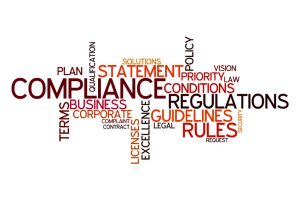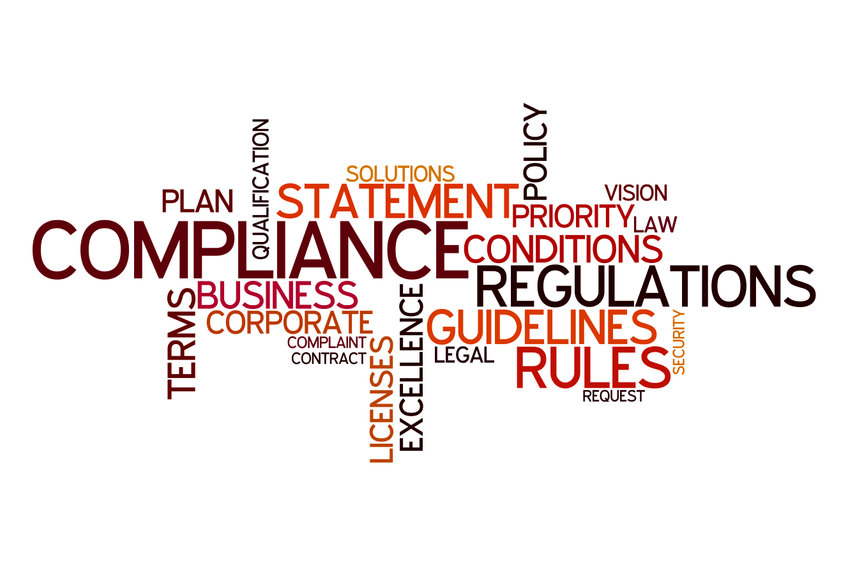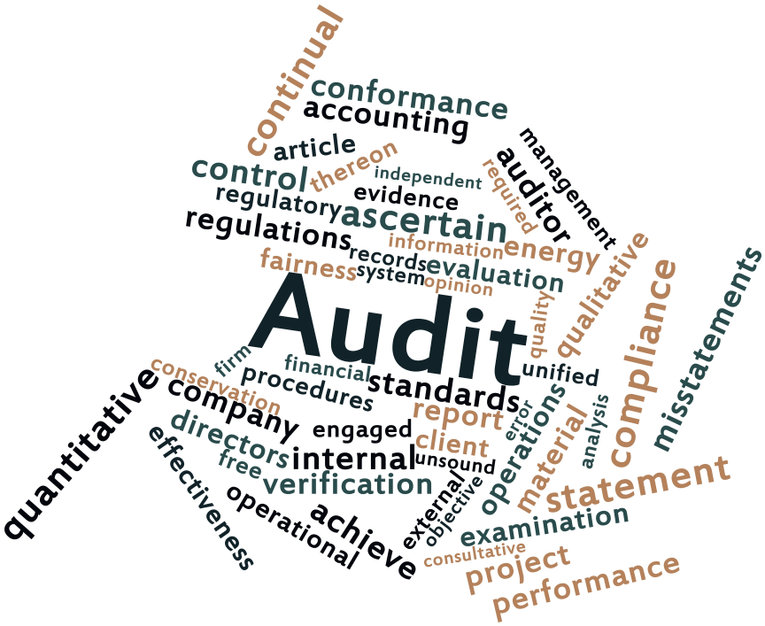UnitedHealthcare will pay $15.6 million in penalties and payments to beneficiaries and it will correct its policies that restricted mental and behavioral reimbursement parity.
Read MoreCategory Archives: Mental Health Parity Compliance
August 17th, 2021 Comparative Analysis Service webinar recording and overall demo on how to become compliant.
Note: A plan applies different copays to some of its outpatient, in-network medical/surgical benefits. What copay can the plan apply to outpatient, in-network MH/SUD benefits?
Step 1 –“Substantially All” Test –using a reasonable method, the plan projects plan payments to be $50 million. The plan projects plan payments for benefits that are subject to a copay to be $40 million. Because $40 million is greater than 2/3 of $50 million, a copay may be applied to MH/SUD benefits.
Step 2 –“Predominant” Test –The plan applies a $35 copay to some of its med./surg. benefits, and a $20 copay to other benefits. Using the same reasonable method as in the “Substantially All” Test, the plan projects plan costs of $25 million for the benefits to which the $35 copay applies and $15 million for the benefits to which the $20 copay applies. The $35 copay is the predominant copay because it applies to more than half of the med./surg. benefits subject to a copay.
Conclusion: The plan may impose any level of a copay for outpatient, in-network MH/SUD benefits that is no more restrictive than the $35 copay.
One of the biggest questions currently outstanding is will the DOL require plan sponsors to annual report their Comparative Analysis to them on an annual basis?
The answer is … we don’t know yet, but some confidential sources have indicated that it is a good likelihood. The DOL has made enforcement of Mental Health and Substance Abuse Parity a top focus beginning February 10th, 2021.
The Department of Labor, Treasury and HHS are tasked with developing a reporting process for the information to be submitted and evaluated for compliance, which is expected by the summer of 2022.
Self-insured plans should take steps now to work with the TPA or carrier to ensure NQTLs for mental health/substance use disorder benefits are in parity with covered medical/surgical benefits.
Stay tuned for more information as it becomes available. Contact us with questions in the meantime.
The Department of Labor DOL has listed enforcement of MHPAEA compliance as a top priority starting in 2021. It is important to note that the DOL’s goal is compliance, not penalties. In the DOL audits and reviews to come, they have identified four specific NQTLs that are the highest priority. This is NOT to say that the entire comparative analysis is not important. Rather, these items should simply be at the top of the list for analysis:
- Prior authorization requirements for in-network and out-of-network inpatient services
- Concurrent review for in-network and out-of-network inpatient and outpatient services
- Standards for provider admission to a network, including reimbursement rates
- Out-of-network reimbursement rates, including plan methods for determining usual, customary, and reasonable charges.
Plans should still perform and document analyses for all NQTLs imposed. The initial focus on the four specified NQTLs does not limit the agencies’ authority to request or review different or additional NQTL analyses.









